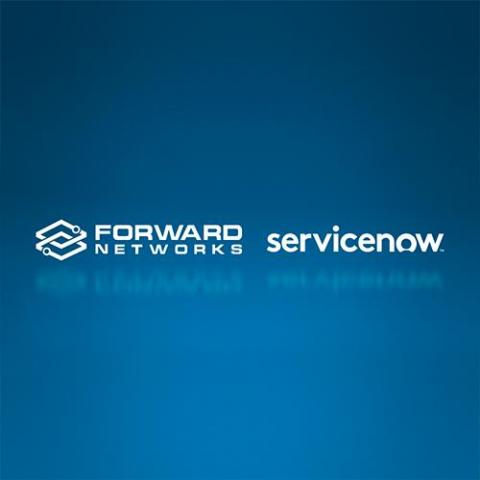Top Best Network Monitoring Tools of 2021
If you don’t know the state of your network, you’re like a blind pilot, inevitably headed for disaster. Fortunately, the market now offers many good software solutions, both commercial and open source, for network monitoring.










